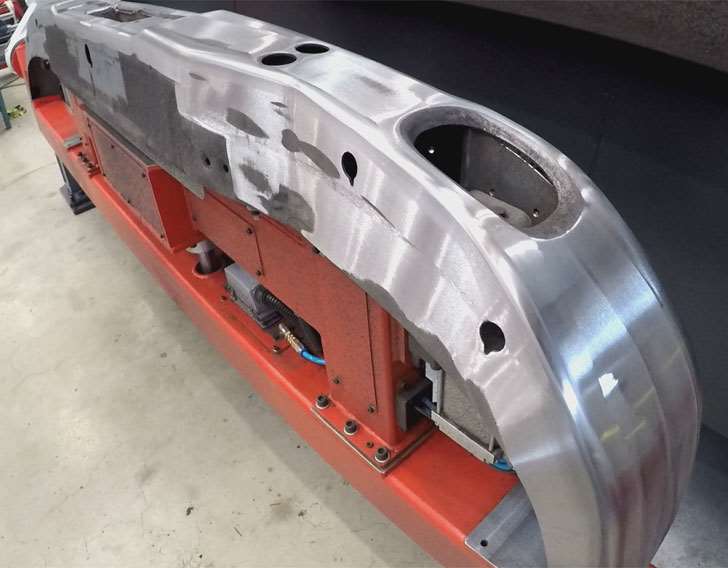
There are many reasons to look into automation. The list of reasons can be endless but I want to touch on a few of the more common. My goal is to answer some of the questions many have but do not know who to ask or have faith they will get honest answers. These are just some of the more common ones and by no means a full list. If you have your own questions as always please feel free to ask and I am happy to answer.
Labor
This is one of the more common at the moment. From folks retiring to problems finding or retaining staff. This is a clear point automation can help with. If you have 8 people polishing or hand finishing in general automation would cut that to one person. One person can handle operating equipment or many pieces of equipment if setup correctly. By taking the dirty tiring work out of human hands employee retention improves. It also makes the work easier physically for more experienced or long term staff. Labor cost savings can add up very quickly as an added plus.
Throughput / volume
Speed is another topic automation clearly helps. Cutting the total time investment per part allows more parts per day. This is a basic concept we all understand and seek out. Automation is the fastest way to make big leaps in this area. While getting a better work bench or hand tools while adding more staff can net incremental jumps, real automation can put many times the improvement at your fingertips. Being able to double your throughput in one step with a long term solution is the largest and fastest net gain.
Repeatability
In a situation like kitchen equipment. You may have a counter top, sink, range hood and other items that need to match. Making them all as a set is easy enough but what if you need a replacement part 6 months later? Will the finish be the exact same? If you finish by hand and have several people doing the work you already know the answer is no. Each person will produce a part a bit different than the person next to them. Then as the day passes and they become more tired their own finish changes. This leaves you with a range of finishes across all the staff rather than a single finish. Automation resolves this by removing the human factor. You will get the same finish at 7am that you do at 4pm. But you also get the same finish 6 months later when you need a repair part.
Cost savings
This one has many aspects to it. From saving on rejected parts and rework to being able to start with lower cost material there is a lot here. Looking at cost savings the main points would be reduced labor, reduced rework, higher volumes, reduced consumables and many others. Automation cuts costs in the long term with out question. At the same time it gives you more control over costs and in a more predictable way. This is one of the areas where automation shines brightest. Rather than pay a skilled welder to grind down the welds they just applied hand the grinding task off to a robotic cell and let the welder focus on welding. You are paying for a welder so let them weld and get what you are paying for as you will both be happier.
Material flow
Having better material flow through the building saves time and money. Better material flow reduces handling and in turn defects. Having a clear path from raw material to finished product improves efficiency. Having a refined process that reduces moves and keeps the material flowing helps cut bottlenecks in the process and automation helps here as well. You weld the box but then you need to grind down the welds in prep for paint. The flow of material to the painter is slowed as the welder has to stop welding to grind the welds. Letting the welder weld and automating the grinding gives a more steady flow of material down stream and improves material flow and product out the door.
Automation can help and resolve a lot of issues in manufacturing. While you resolve issues you will save on costs and get a more reliable result. There are many reasons to look to automation and staying competitive in the market. Being prepared for future changes or fluctuations in materials keeps a manufacturer light on their feet and able to roll with the punches far easier and faster. Always ask questions and do not hesitate to reach out if you are faced with automation needs.
Topics tube finishingmetal deburring machinecost of operation comparisongraining sheet metalmetal finishingwheelspolishingautomotiveweld grinding